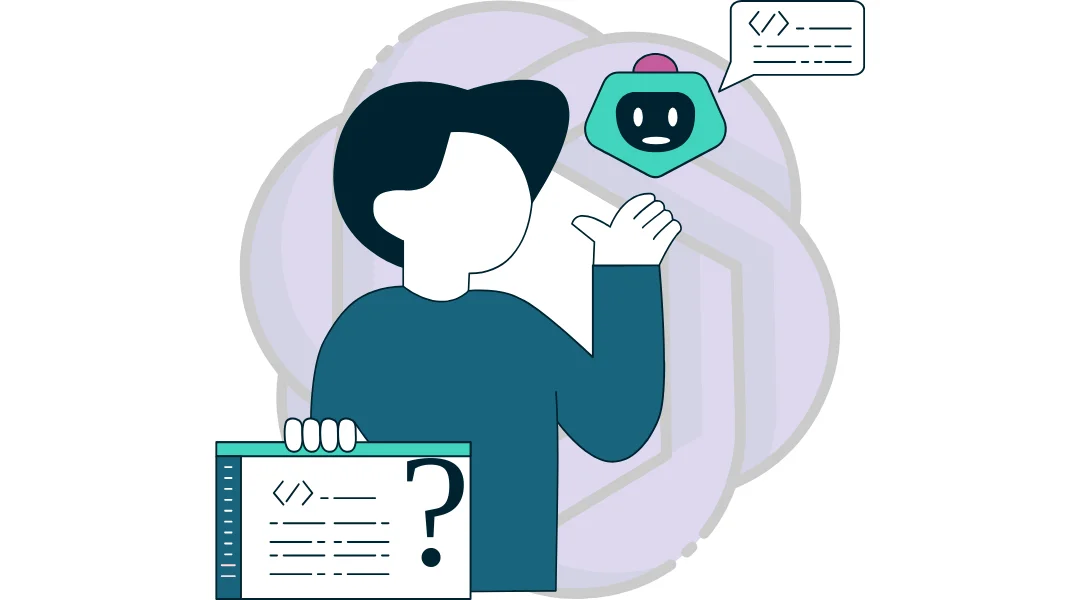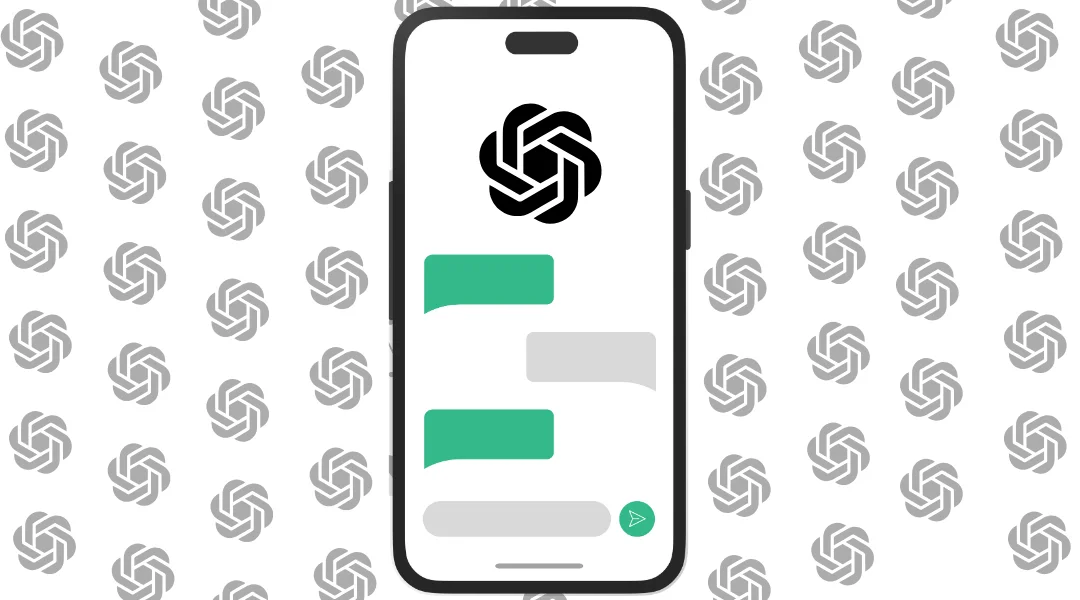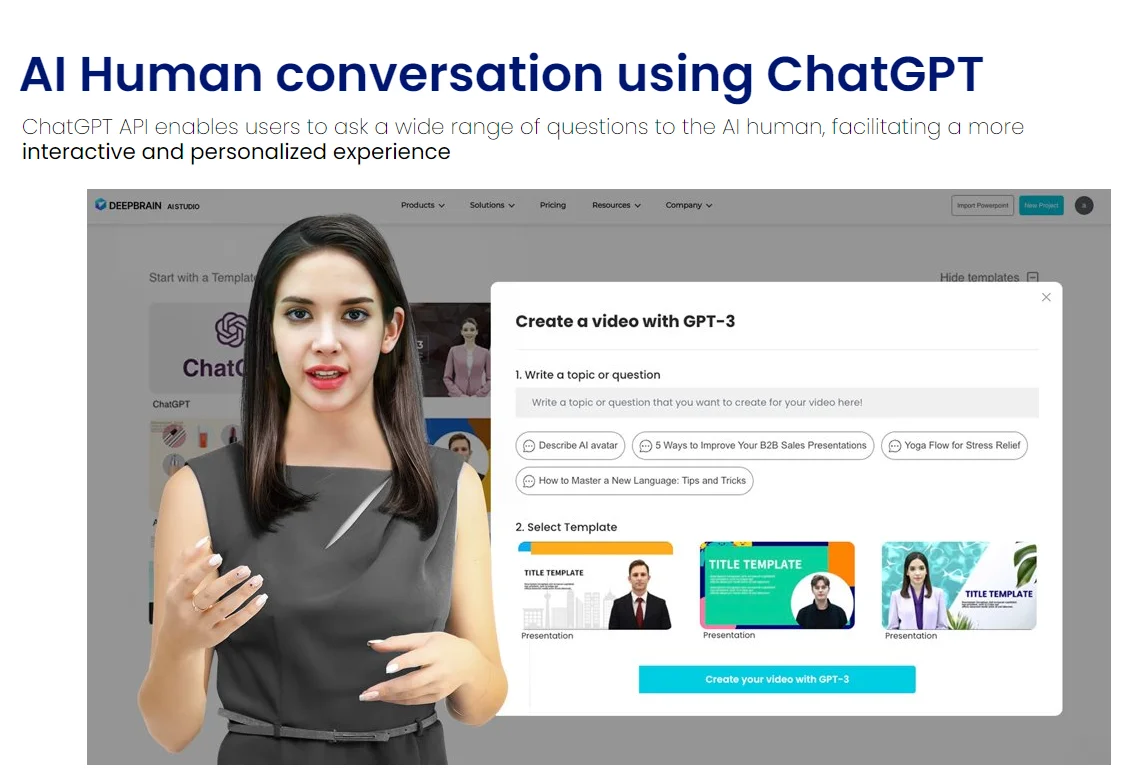Khám phá công nghệ cốt lõi đằng sau ChatGPT: Nó hoạt động như thế nào?

Trong thời đại công nghệ nhộn nhịp, nơi trí tuệ nhân tạo không chỉ là một xu hướng thoáng qua, có một điều kỳ diệu nói chuyện với tài hùng biện của một nhà thơ và kiến thức của một thủ thư — ChatGPT. Nhưng chính xác thì điều gì cung cấp năng lượng cho nhà tiên tri kỹ thuật số này? Nó không chỉ là những dòng mã; nó là một điệu nhảy phức tạp của các thuật toán và dữ liệu khổng lồ, một bản giao hưởng được dàn dựng bởi các mô hình Transformer được đào tạo trước của Generative Pre-training. Như Thomas Edison đã từng nói, “Thiên tài là một phần trăm cảm hứng và chín mươi chín phần trăm mồ hôi.” Vì vậy, hãy xắn tay áo lên và đi sâu vào cơ chế của ChatGPT. Bạn đã sẵn sàng để lột bỏ các lớp kỹ thuật số và khám phá cốt lõi cho phép AI này bắt chước cuộc trò chuyện của con người với độ chính xác đáng kinh ngạc như vậy chưa?
Đó là một điều để ngạc nhiên về khả năng của ChatGPT, nhưng một điều khác là hiểu những cải tiến mà nó mang lại cho mô hình GPT. Làm thế nào để nó học hỏi từ các tương tác của nó, và những cách tốt nhất để tham gia vào hiện tượng công nghệ này là gì? Cho dù bạn đang phải đối mặt với một trục trặc hay đang tìm cách tối ưu hóa trải nghiệm ChatGPT của mình, blog này là lộ trình của bạn để điều hướng sự phức tạp của AI này. Và đối với những người khao khát kiến thức về các ứng dụng rộng hơn của ChatGPT, hãy chuẩn bị để làm dịu sự tò mò của bạn. Bước vào tương lai với chúng tôi khi chúng tôi khám phá hoạt động bên trong của ChatGPT.
Hiểu những điều cơ bản của GPT
Trước khi đi sâu vào ChatGPT, điều quan trọng là phải hiểu nền tảng mà nó được xây dựng trên đó: mô hình GPT. Generative PreTransformers, hay GPT, là các mô hình ngôn ngữ AI tiên tiến được đào tạo trên văn bản internet đa dạng để mô phỏng phong cách viết của con người. Khả năng tạo văn bản của họ đến từ việc hiểu ngữ pháp và ngữ cảnh giữa các chủ đề, khiến họ thành thạo trong việc tạo ra nội dung mạch lạc, phù hợp với ngữ cảnh.

Quy trình đào tạo mô hình GPT
Đào tạo mô hình GPT bao gồm một loạt các bước phức tạp:
- Thu thập dữ liệu: Các mô hình GPT bắt đầu bằng việc thu thập một tập dữ liệu rộng lớn từ sách, bài báo và trang web, cung cấp một nền tảng phong phú cho việc học các sắc thái ngôn ngữ.
- Token hóa: Dữ liệu thu thập được sau đó được mã hóa thành các phần có thể quản lý được, có thể bao gồm từ từ đến ký tự, chuẩn bị văn bản để xử lý bởi mạng nơ-ron.
- Cung cấp năng lượng cho mạng nơ-ron: Mã thông báo được đầu vào một mạng nơ-ron, mạng này học cách xác định các mẫu ngôn ngữ thông qua các lớp nút giống như quá trình xử lý não người.
- Điều chỉnh trọng lượng: Trọng số của mạng được tinh chỉnh bằng cách sử dụng truyền ngược, trong đó các dự đoán của mô hình liên tục được tinh chỉnh so với kết quả thực tế để nâng cao độ chính xác.
Khóa đào tạo toàn diện này cho phép các mô hình GPT dự đoán các từ tiếp theo trong văn bản, làm nền tảng cho các ứng dụng như ChatGPT, có thể mô phỏng các cuộc trò chuyện với các phản hồi giống như con người.
ChatGPT nâng cao mô hình GPT như thế nào

ChatGPT đánh dấu một tiến bộ chuyển đổi trong AI đàm thoại, xuất hiện từ khuôn khổ Transformer được đào tạo trước (GPT) tinh vi. Nó nhằm mục đích bắt chước cuộc trò chuyện của con người, pha trộn sự liên quan với một luồng tự nhiên. Điều này đạt được thông qua các phương pháp tinh chỉnh để nâng cao trình độ đối thoại của mô hình, đảm bảo các phản hồi mạch lạc và hấp dẫn về mặt ngữ cảnh.
Kết hợp các kỹ thuật này, ChatGPT định nghĩa lại các tiêu chuẩn AI đàm thoại, cung cấp trải nghiệm tương tự như tương tác của con người. Khi công nghệ này tiến bộ, ranh giới giữa trò chuyện với ChatGPT và con người càng mờ đi hơn nữa.
Cách tương tác với ChatGPT
Tương tác với ChatGPT đơn giản như trò chuyện với con người. Bạn cung cấp đầu vào dưới dạng câu hỏi hoặc tuyên bố và ChatGPT tạo ra câu trả lời. Dưới đây là hướng dẫn từng bước để đảm bảo bạn tận dụng tối đa trải nghiệm của mình với AI tiên tiến này:
Khi bạn tương tác với ChatGPT, hãy nhớ rằng giao tiếp rõ ràng là chìa khóa để mở khóa toàn bộ tiềm năng của AI tinh vi này. Với mỗi trao đổi, bạn sẽ tinh chỉnh khả năng truy vấn hiệu quả, tận dụng tối đa những gì ChatGPT cung cấp.
Khắc phục sự cố và các vấn đề thường gặp
- Hiểu những hạn chếChatGPT có thể không phải lúc nào cũng cung cấp phản hồi hoàn hảo. Điều quan trọng là phải có những kỳ vọng thực tế về khả năng của nó.
- Câu trả lời mơ hồ: Nếu ChatGPT cung cấp câu trả lời mơ hồ hoặc ngoài chủ đề, hãy thử diễn đạt lại câu hỏi của bạn hoặc cung cấp nhiều ngữ cảnh hơn.
- Thông tin sai lệch: Mặc dù hiếm, ChatGPT có thể tạo ra các phản hồi không chính xác hoặc vô nghĩa. Luôn xác minh thông tin từ các nguồn đáng tin cậy.
Mở rộng chân trời: Các ứng dụng đa dạng của ChatGPT
Tính linh hoạt của ChatGPT thể hiện rõ ràng trong phạm vi ứng dụng rộng rãi của nó trong các ngành công nghiệp khác nhau. Từ các bot dịch vụ khách hàng cung cấp hỗ trợ kịp thời, đến các công cụ giáo dục dạy kèm sinh viên, khả năng hiểu và tạo văn bản giống con người của ChatGPT đang cách mạng hóa cách chúng ta tương tác với công nghệ. Trong lĩnh vực sáng tạo nội dung, nó hỗ trợ các nhà văn bằng cách tạo nội dung sáng tạo, phác thảo hoặc thậm chí mã hóa đoạn mã hóa, hợp lý hóa quá trình sáng tạo.
Một ứng dụng đáng chú ý về khả năng của ChatGPT được cung cấp bởi Trí tuệ nhân tạo Deepbrain, một công ty chuyên tạo ra các mô hình con người AI có thể tương tác với người thực trong thời gian thực. Dịch vụ của họ kết hợp khả năng đàm thoại của ChatGPT với thực tế Hình đại diện AI, dẫn đến những sinh vật ảo có thể đóng vai trò là người dẫn tin tức, đại lý dịch vụ khách hàng hoặc bạn đồng hành ảo. Việc tích hợp các tiến bộ AI trực quan và văn bản này mở ra những ranh giới mới cho trải nghiệm nhập vai và tương tác giữa con người và AI.

Ý nghĩa của công nghệ ChatGPT cũng mở rộng sang các lĩnh vực chuyên biệt hơn. Trong lĩnh vực chăm sóc sức khỏe, chatbot dựa trên AI được trang bị ChatGPT có thể cung cấp hỗ trợ sơ bộ và thông tin sức khỏe, hướng dẫn bệnh nhân trước khi họ tham khảo ý kiến chuyên gia. Các lĩnh vực pháp lý và tài chính cũng được hưởng lợi từ các chatbot AI có thể phân tích các biệt ngữ phức tạp và cung cấp giải thích đơn giản cho người dùng. Khi các ứng dụng này tiếp tục phát triển, vai trò của ChatGPT trong việc định hình tương lai của giao tiếp dựa trên AI trở nên quan trọng hơn bao giờ hết.
ChatGPT: Nó thay đổi bối cảnh tương tác giữa con người và AI như thế nào?
ChatGPT hoạt động bằng cách tận dụng sức mạnh của các mô hình GPT, được tinh chỉnh với các kỹ thuật tiên tiến để vượt trội trong bối cảnh đàm thoại. Đó là một minh chứng cho những tiến bộ đáng kinh ngạc trong AI và NLP, cung cấp một cái nhìn thoáng qua về tương lai của tương tác giữa con người và AI. Cho dù bạn đang tìm cách hiểu các chủ đề phức tạp hay chỉ là trò chuyện bình thường, ChatGPT là một công cụ hấp dẫn tiếp tục phát triển và cải thiện với mỗi tương tác.




